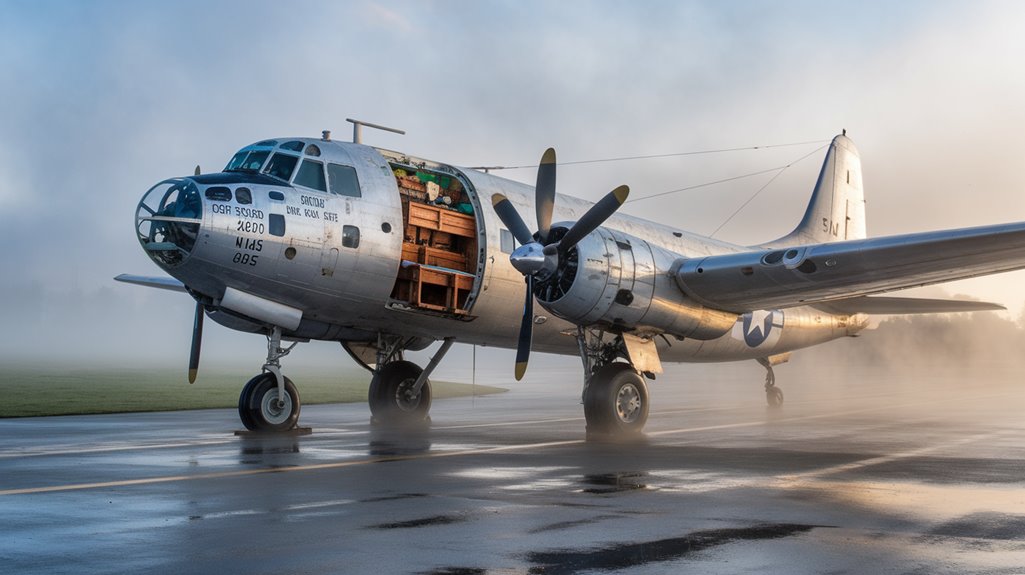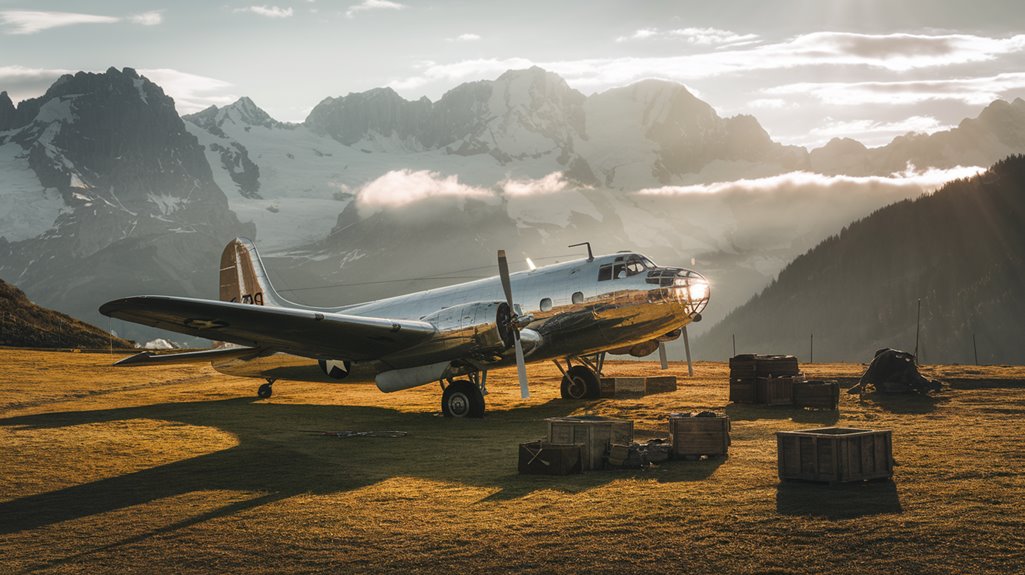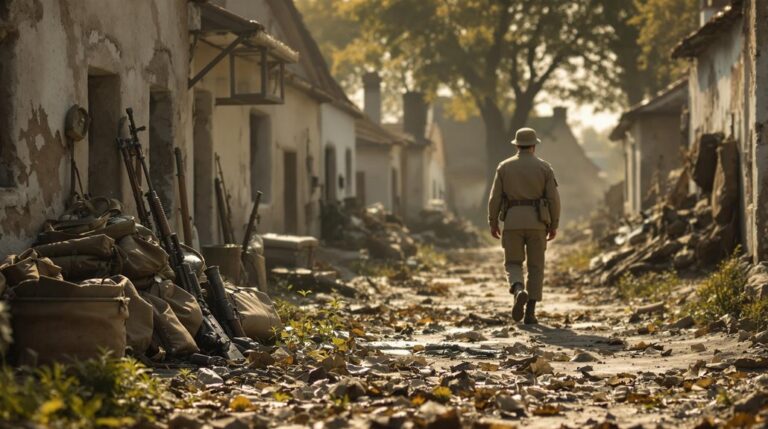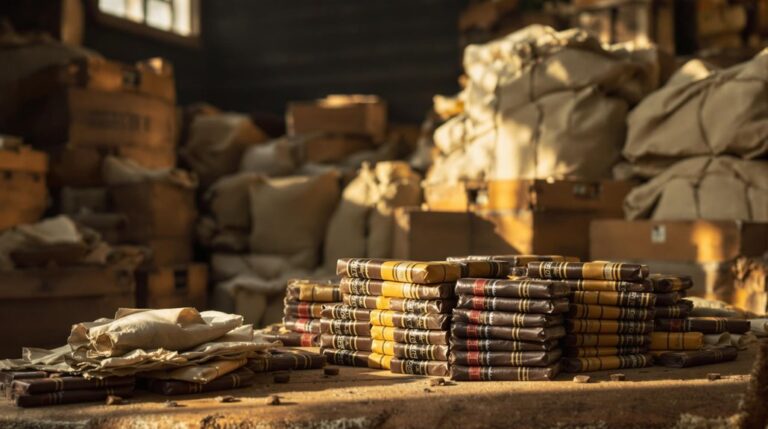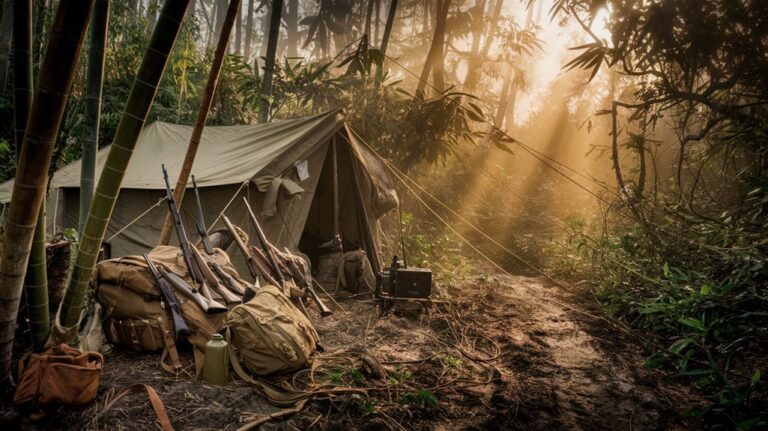1,000 Refugees, One Plane: The WWII Rescue of a Lifetime
You've probably heard countless World War II stories, but this rescue mission stands apart. When 1,000 desperate refugees needed to escape the Nazi regime's grip, one daring plane operation made the impossible happen. As you consider the sheer scale of this evacuation, you'll discover how a network of unlikely heroes worked against incredible odds. Their story of courage and quick thinking didn't just save lives—it rewrote what many thought was possible during humanity's darkest hours.
The Urgent Mission: A Race Against Time
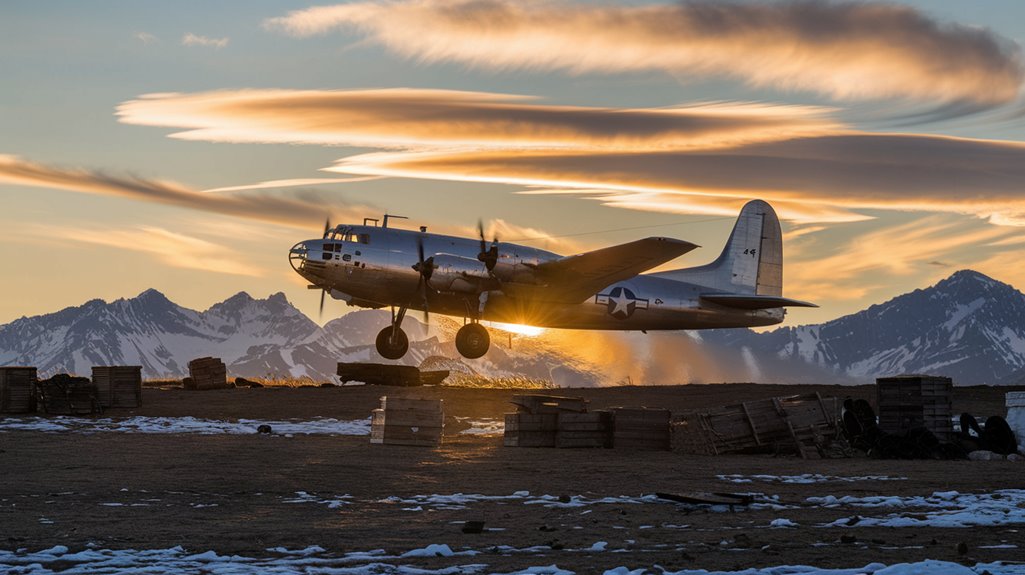
As the Nazi regime intensified its campaign of terror across Europe, a desperate race against time began to save thousands of Jewish lives.
You'll find that the turning point came in January 1942, when the Wannsee Conference set in motion the systematic destruction of Jewish communities, forcing rescuers to make urgent decisions under extreme time constraints.
In 1938, this urgency was already evident as the Presidential Advisory Committee was quickly established to assist political refugees fleeing persecution.
The Danish rescue operation shows you just how critical timing became. When a German businessman warned of imminent deportations, Danish fishermen mobilized within hours, ferrying 7,200 Jews to safety in Sweden over just two days.
Britain demonstrated similar urgency through its massive evacuation effort, relocating 1.5 million people from urban to rural areas within just three days of declaring war.
You can see similar urgency in Hungary, where diplomats like Carl Lutz and others scrambled to save lives as mass deportations began in May 1944, working against the clock to issue protective documents and establish safe houses.
Behind Enemy Lines: Organizing the Escape
While German bombers loomed as an imminent threat, Britain launched one of history's largest civilian evacuations in September 1939, relocating 1.5 million people to safety in just three days.
You'd find an intricate network of escape routes supported by 17,000 Women's Voluntary Service members and countless local officials. They'd coordinate trains packed with children, pregnant women, and the disabled, each evacuee clutching their essential items – from gas masks to warm coats.
The organization challenges were immense, but billeting officers worked tirelessly to secure homes, offering hosts compensation for taking in evacuees. Like many Jewish refugees during this time, Flory's family fled Zagreb to find safety from persecution. About 65 million Europeans would become displaced by the time World War II ended.
As the war progressed and German forces advanced, you'd see additional waves of evacuation in 1940 during the Blitz and again in 1944 when V-weapons threatened the population.
Local volunteers became the backbone of these operations in smaller towns.
Heroes in the Shadows: Key Players and Their Roles
Behind the massive evacuation effort stood remarkable individuals who risked their lives to save others from Nazi persecution.
Nicholas Winton, a British stockbroker, rescued 669 children from Czechoslovakia by finding them homes in Britain and maneuvering complex legal requirements. He even used magazine photographs to connect children with potential families. His efforts remained unknown for 50 years until his wife discovered a detailed scrapbook in 1988.
Truus Wijsmuller's impact was equally profound, as she saved approximately 10,000 children through various Kindertransport operations. She fearlessly confronted Nazi officials and, with her husband Joop, provided shelter in Dutch homes and orphanages.
The War Refugee Board, established by President Roosevelt in 1944, played an essential institutional role. The organization provided over eleven million dollars in humanitarian aid to Jews throughout Europe.
The Harrowing Journey: From Persecution to Safety
During the darkest days of World War II, millions faced a desperate race for survival as Nazi persecution intensified across Europe.
If you'd lived through these persecution stories, you'd have encountered countless escape challenges, from closed borders to hostile bureaucracies.
You might've joined the desperate rush to Lisbon in 1940, one of the last open ports offering passage to safety.
Even reaching Britain didn't guarantee security – about 27,000 Jewish refugees found themselves labeled as "enemy aliens" and faced internment.
The odds were stacked against you: America's strict quota system remained unchanged, while figures like Charles Lindbergh stoked anti-refugee sentiment.
If you were Polish, you might've been among the 2 million forcibly expelled from their homes as the Nazis implemented their ethnic cleansing policies.
By 1939, approximately 80,000 Jewish refugees had managed to find sanctuary within Britain's borders, though many more desperately sought entry.
After the war, approximately 11 million displaced persons were scattered across Europe, with the majority concentrated in Germany, creating an unprecedented humanitarian crisis.
Life After Rescue: Stories of Survival and Resilience
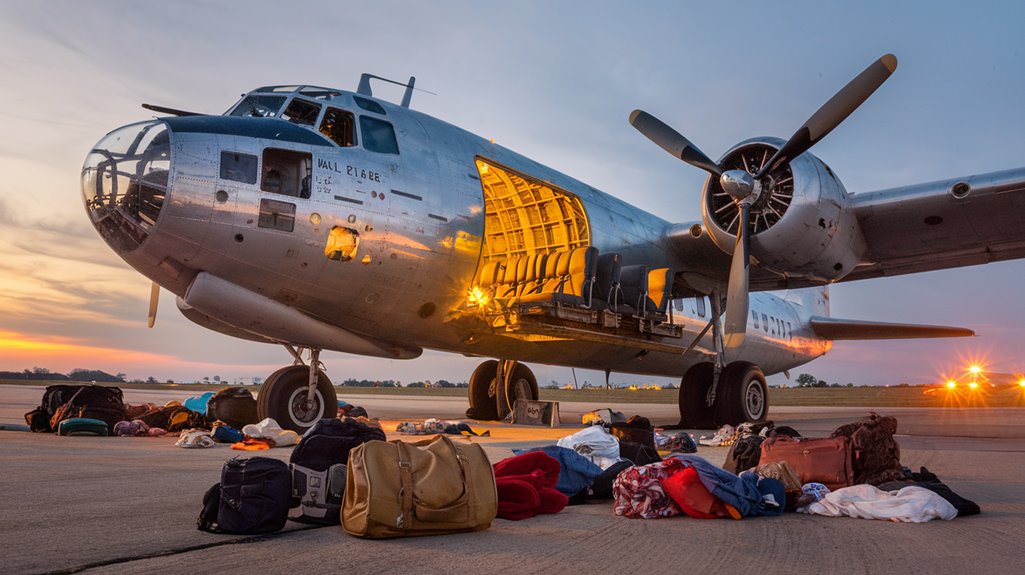
Once the immediate danger of war had passed, survivors faced the intimidating task of rebuilding shattered lives from scratch.
You'll find their stories filled with both profound challenges and remarkable resilience. Many couldn't return home, instead seeking refuge in countries like the United States and Israel, where they'd need to adapt to new cultures and languages.
Through survivor testimonies, we've learned how they developed various coping mechanisms to process their trauma. Some turned to art and literature, while others found healing through education and vocational training. Like Freddie Knoller, who became a U.S. citizen before eventually settling in London in the 1950s. These testimonies and stories continue to reach global audiences through digital libraries today, much like the extensive collection at UNT.
Displaced persons camps provided temporary shelter and basic necessities, but the path to recovery required more than physical support. Survivors needed medical care, mental health services, and strong community networks to overcome the deep psychological wounds they carried from their experiences.
Lessons for Today: The Power of Humanitarian Action
While World War II's humanitarian crises may seem distant, today's global challenges echo similar needs for coordinated aid and swift action.
 global database tracks vital humanitarian data to improve aid effectiveness.
global database tracks vital humanitarian data to improve aid effectiveness.
Today's success stories, like reduced humanitarian needs in Somalia and Yemen, show how local partnerships can transform crisis response. The rising threat of disease outbreaks has led to cholera in 29 countries, highlighting the urgent need for strengthened health systems.
You're seeing a significant shift as 83% of Humanitarian Country Teams now include local actors, proving that community engagement matters.
The lessons from WWII rescues remain relevant: effective humanitarian action requires both global coordination and grassroots involvement.
Through improved analysis tools like JIAF 2.0 and stronger local partnerships, we're better equipped to face today's humanitarian challenges.

